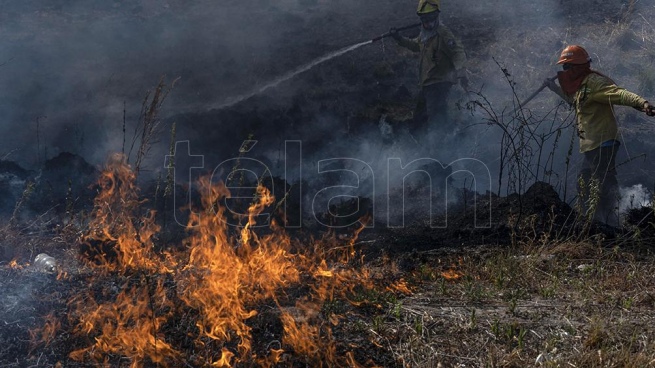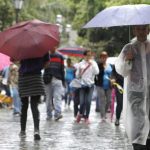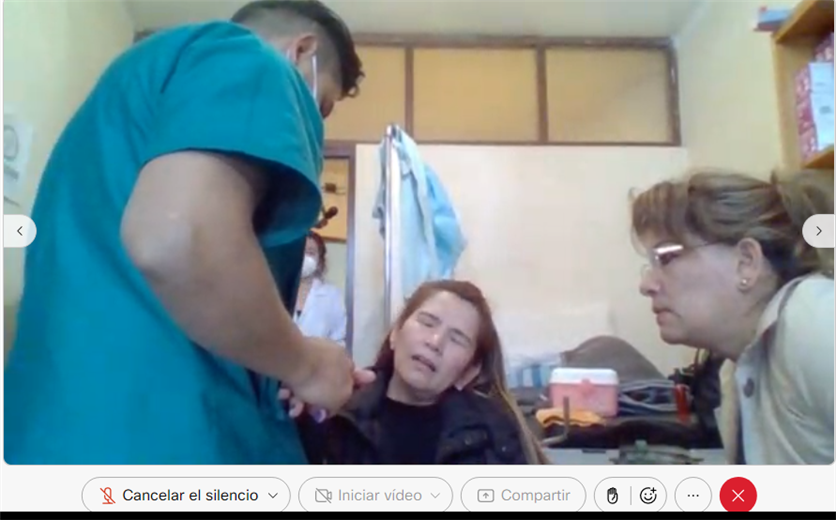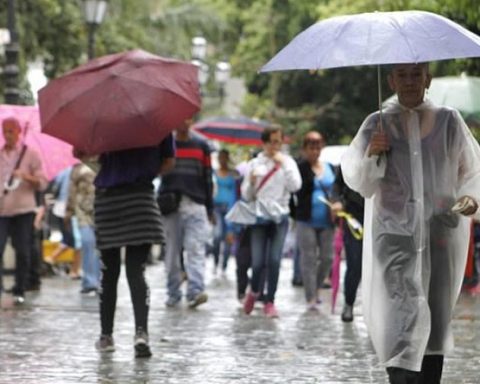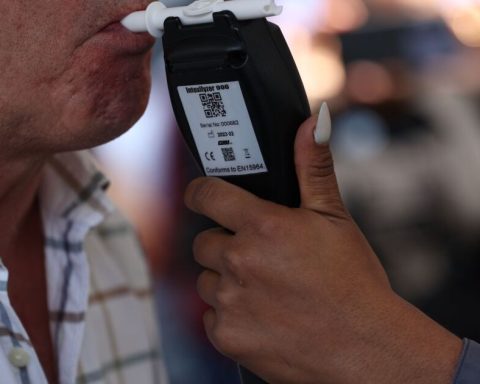Dozens of tongues of fire, some with a front of more than a kilometer, are spread over the north of the province of Corrientes, consuming the wetlands of the Esteros del Iberá area affected by the drought and the historic drop of the Paraná River, while images Satellite data and reports from brigade members warn of outbreaks that are beginning to affect the south of Misiones.
Meanwhile, national agencies, public companies and specialized teams from half a dozen provinces are fighting together so that the flames do not destroy homes, forests and livestock.

According to estimates from the National Fire Management Service (SMNF), the fires of the last week have already consumed more than half a million hectares in northern Corrienteswhile the satellite images and the reports that the brigade members deliver at the end of each day warn about outbreaks that are already beginning to affect the south of the province of Misiones.

The fires are multiplying in the area of the Iberá Wetlands on pastures destined for cattle feeding and coniferous forests dedicated to the production of highly flammable resin, which makes numerous foci visible from several kilometers developing simultaneously, producing extensive banks of smoke that in some areas limit the visibility even of the sun itself.

On National Route 12, the smoke can be seen at the height of the town of Ituzaingó, where the blackened trunks of what were forestations that required up to 11 years of development to be productive share the landscape with cows and oxen that, fleeing from the flames, cross the wire fences burnt and wander near the shoulders in search of water.
The fire also affected farms, houses and agricultural enterprises in different towns to the west, north and east of the Iberá National Park, whose gates were closed preventively.

The brain and heart of the firefighting device is in the command center and operational base that the Ministries of Environment and Defense set up in the Agricultural Family School “Ñanderga”located on route 118 between the towns of San Miguel and Loreto, where brigade teams from Córdoba, Jujuy, Mendoza and Santiago del Estero, among other provinces, were also housed.
An Air Force helicopter, one from the Army and another from the Federal Police also operate in that place, which carry out reconnaissance flights to identify fires registered through satellite images and also deploy teams of brigade members when the fire develops in places of difficult access.

On the other side of the Iberá Wetlands, in the Corrientes town of Concepción, a 1,200-meter-long fumigation runway this week became the airfield for half a dozen SMNF fire-hydrant planes, where the Army provided portable tanks that allow in just four minutes 3,000 liters of water that each aircraft is capable of moving on each flight.

At the same time, a truck from the Army and another from the Municipality make at least half a dozen daily trips each to a nearby lagoon to get the water that supplies the aircraft.

To combat the fires that spread like isolated foci that multiply at the speed that the wind carries the embers to the next pasture, the different brigade units are coordinated and monitored through the telecommunications systems provided by the 121 Communications Battalion.

The director of the SMNF, Alberto Seufferheld, stated in a dialogue with Télam that “the most important thing to start thinking about controlling these fires is that weather conditions occur that are not yet foreseen today; the weather is favoring the fire.”
“Another thing that makes the work difficult is that in the area of the estuaries it is difficult to establish a point where to carry out firebreaks with road machinery because the type of soil prevents this type of operation,” he added.

The Undersecretary for Coordination in Emergencies of the Ministry of Defense, Roberto Corti, told Télam that “even if we have all the necessary means to fight the fires, the number of outbreaks and the speed at which they advance makes it impossible to be at all points time”.
“The priority is to prevent the calls from reaching homes and take advantage of all the information we have to organize the most effective response possible until we can identify an opportunity to control the fire”he detailed.

Together with the device organized by the national government, the municipal administrations deployed cisterns and Volunteer firemen that in some cases cooperate with groups of neighbors of the area who add their help spontaneously and crews from the forestry establishments.

